Agricultural: Appropriate fertilization of rice plants
Now is the time to review how to fertilize rice plants in line with the conditions in the field that is being a rice growing season.
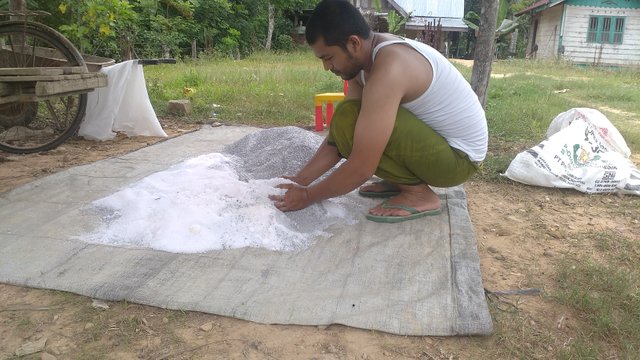
To understand fertilization on rice plants, we must know the age of the rice plant first. Today there are many early maturing rice varieties released by the government.
For example, Inpari 13 is 103 days old. While Ciherang and IR 64 rice are generally 115-125 days old.
By looking at these two different conditions, farmers often have difficulty determining when fertilization is appropriate for both.
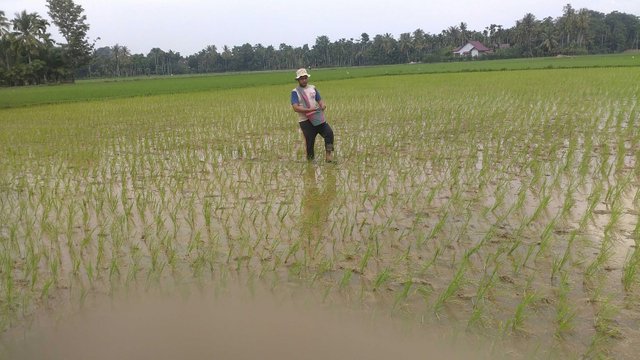
Fertilization techniques of rice plants are indeed very relative, there is no exact size of the dose and time specified, because there are many factors that must be considered.
Soil structure with different nutrient conditions in one place to another, of course also requires different techniques in terms of fertilization.
One example of the dosage, type of fertilizer and proper fertilizer time for rice plants are as follows:
The first supplementary fertilization is done when the rice is 7-10 days after planting. Fertilizers used are Urea 75 kg / ha, SP-36 100 kg / ha and KCL 50 kg / ha.
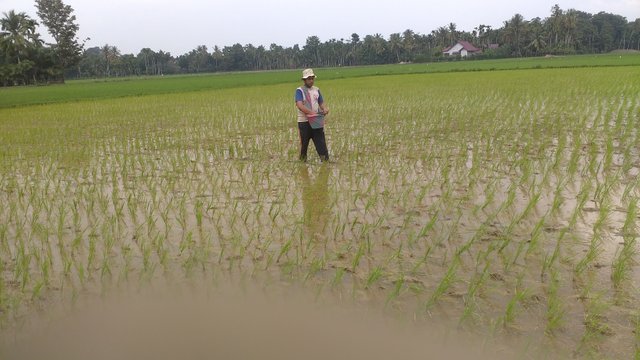
Secondary fertilization is given when rice plants are 21 days after planting using 150 kg / ha of Urea fertilizer.
Third supplementary fertilization at the age of rice 42. days after planting using 75 kg / ha Urea and 50 kg / ha KCl.
Of the three fertilization times, in one rice growing season in an area of 1 hectare requires Urea (Nitogen) 300 kg fertilizer, SP36 / TSP (Phospor) 100 kg, and 100 kg KCl (Potassium).
Rice plants need a lot of nutrient N compared to P or K. Urea fertilizer needs to be given 3 times, so that N fertilizer is more efficiently absorbed by rice plants. While the KCl fertilizer is applied twice, so that the grain filling process is better.
To monitor the adequacy of Urea fertilizer (Nitrogen) in rice plants can use the Leaf Color Chart. In this tool there are four color scale boxes, from light green to dark green, which describe the greenness of the leaves of rice plants.
For example, if the plant leaves are light green, it means the plants lack nutrients, so they need to be fertilized.
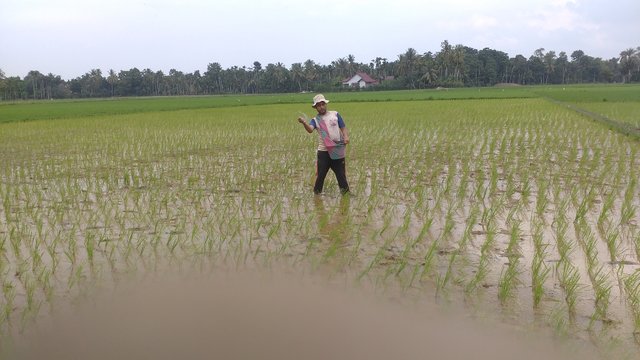
Conversely, if the leaves are dark green or the greenish level of the leaves is the same as the color on the scale of scale 4 on the leaf color chart means that the plants already have enough N nutrients so that they no longer need to be fertilized.
Monitoring fertilizer application with leaf color charting tools is done from 14 days after planting to the flowering phase (63 days after planting) every 7 days.
The results showed that the use of leaf color chart in N fertilization activities could save the use of urea fertilizer as much as 15-20% of the dose commonly used by rice farmers without reducing yield.
Meanwhile, P and K nutrients do not need to be given every season. Nutrient P can be given every 4 seasons, while nutrient K can be given every 6 seasons. This is because the P and K fertilizer that has been applied is only about 20% and 30% is absorbed by plants while the rest accumulates in the soil.
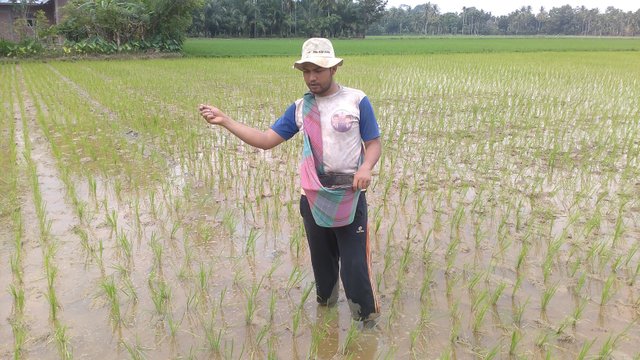
In addition to the above chemical fertilizers, it is highly recommended to add organic fertilizer. The recommended organic fertilizer in the form of manure or straw compost as much as 2 tons per hectare every season,
The use of this organic fertilizer can restore soil properties, improve soil structure, increase fertility and loosen dense soil due to the effects of using inorganic fertilizers or chemical fertilizers.
Interesting post, thanks for sharing.